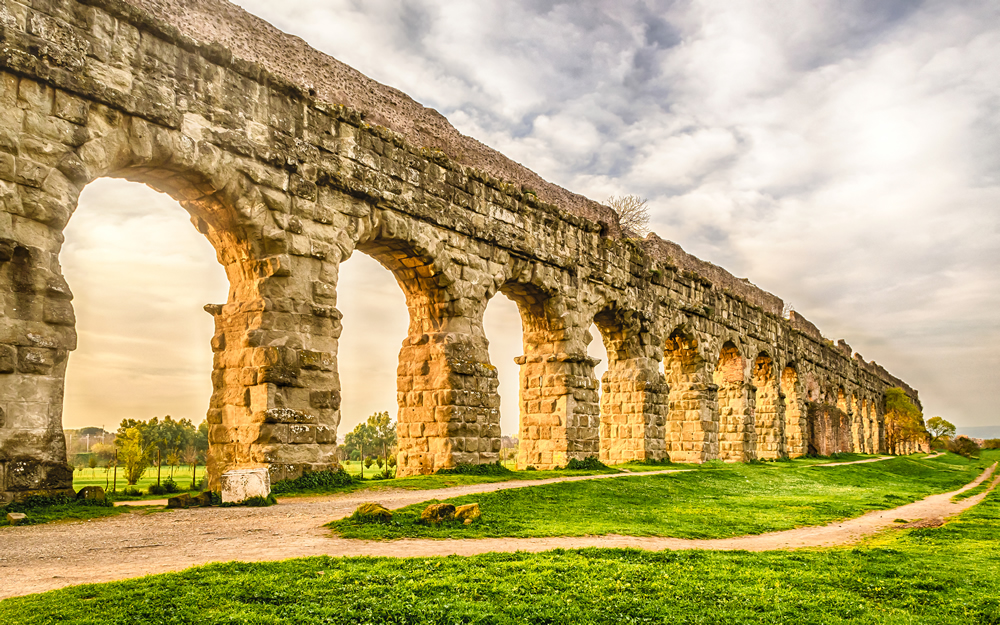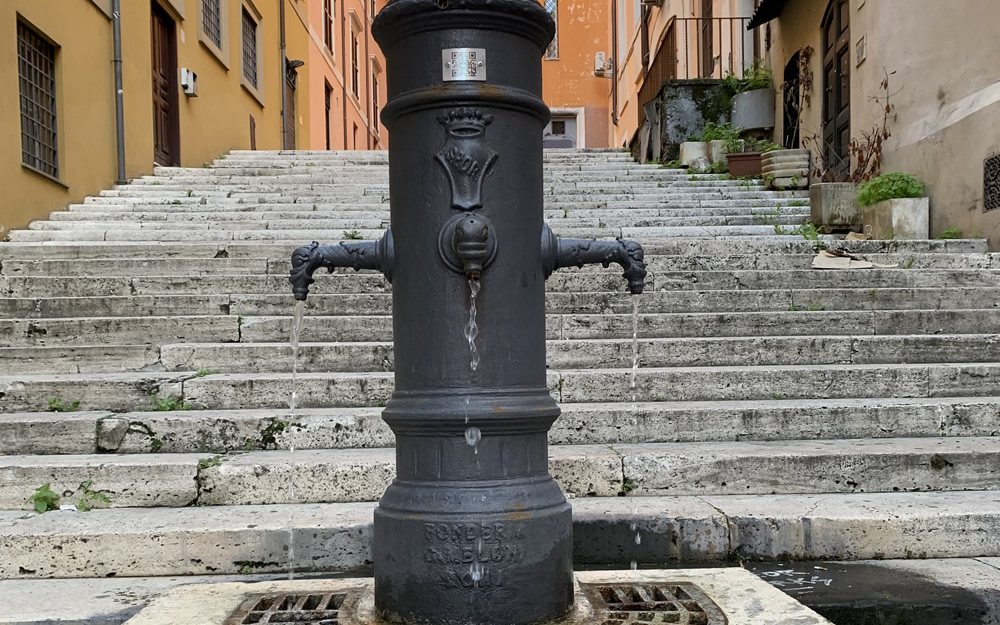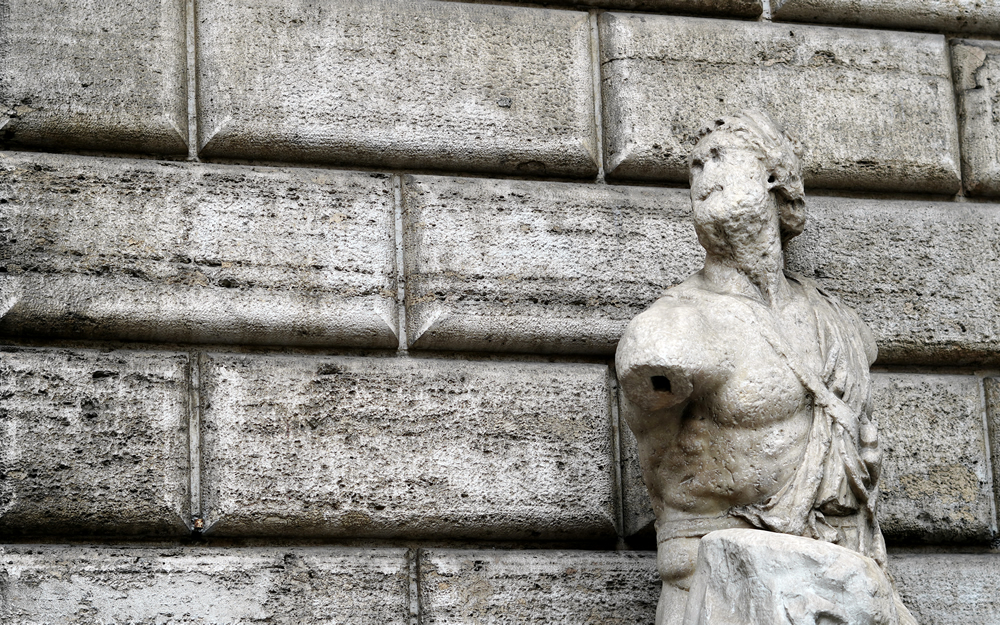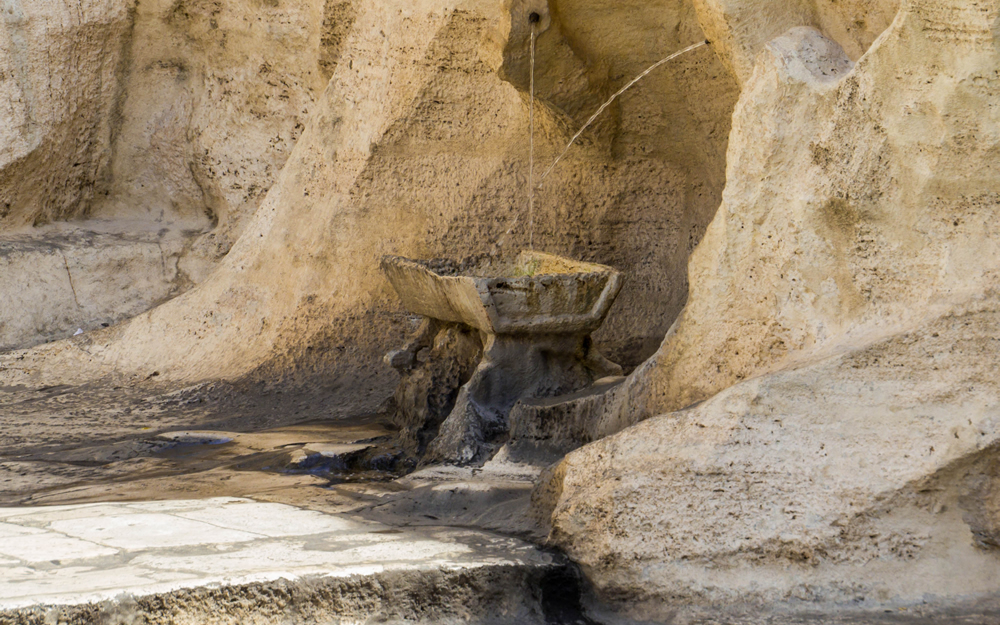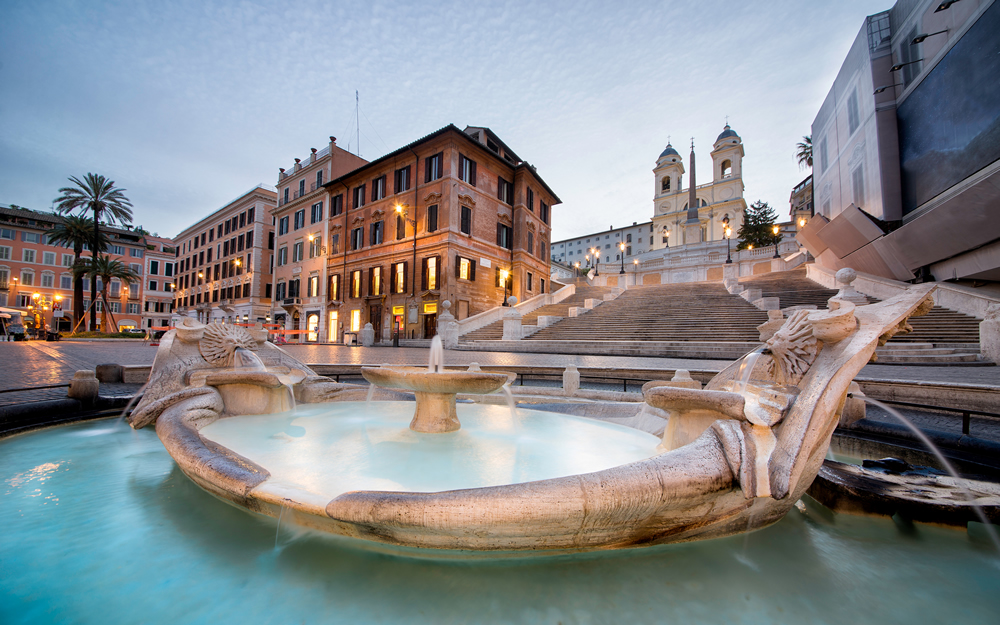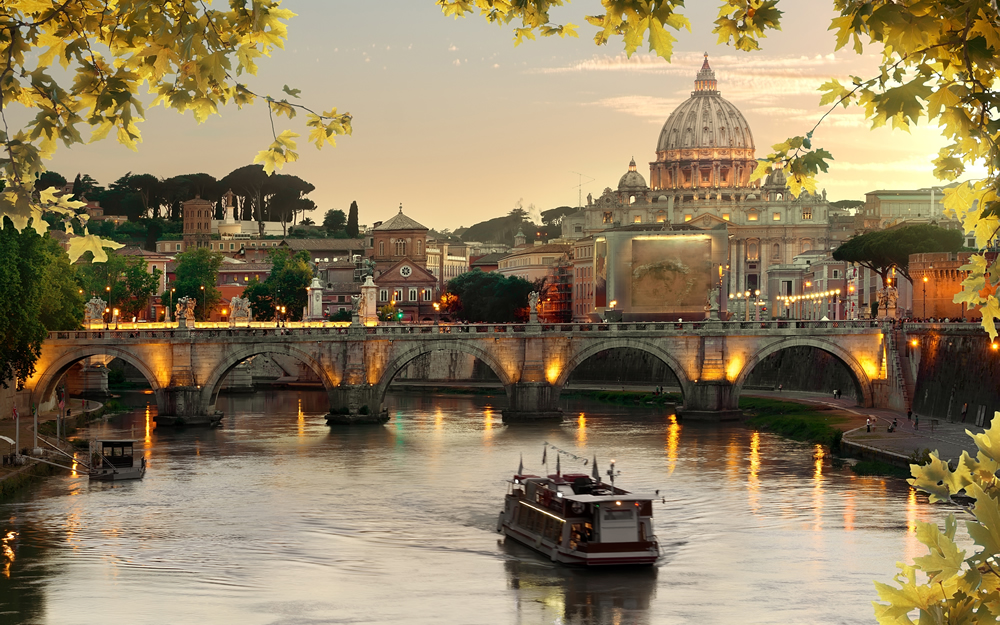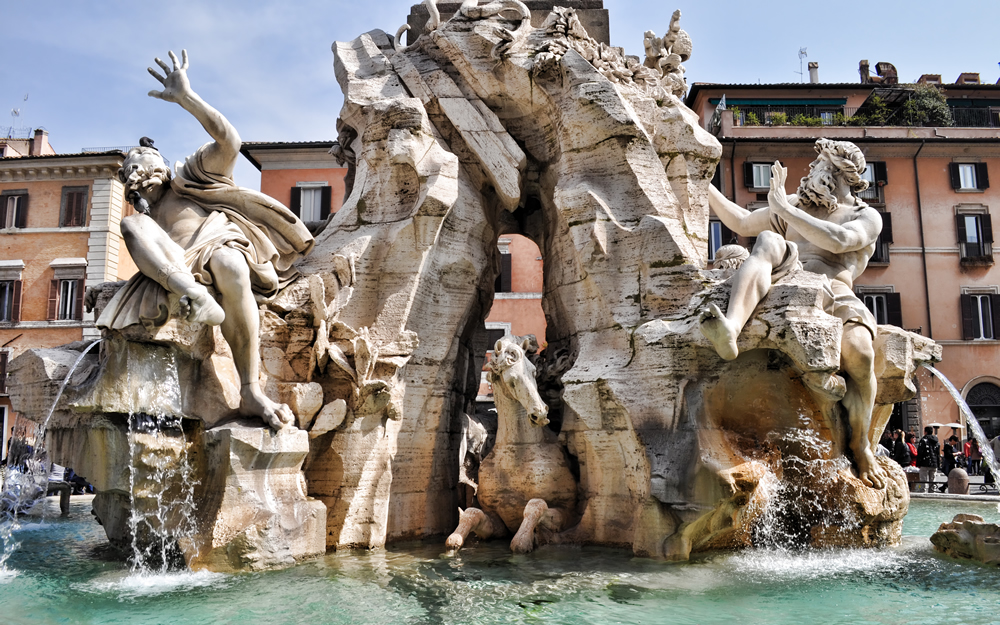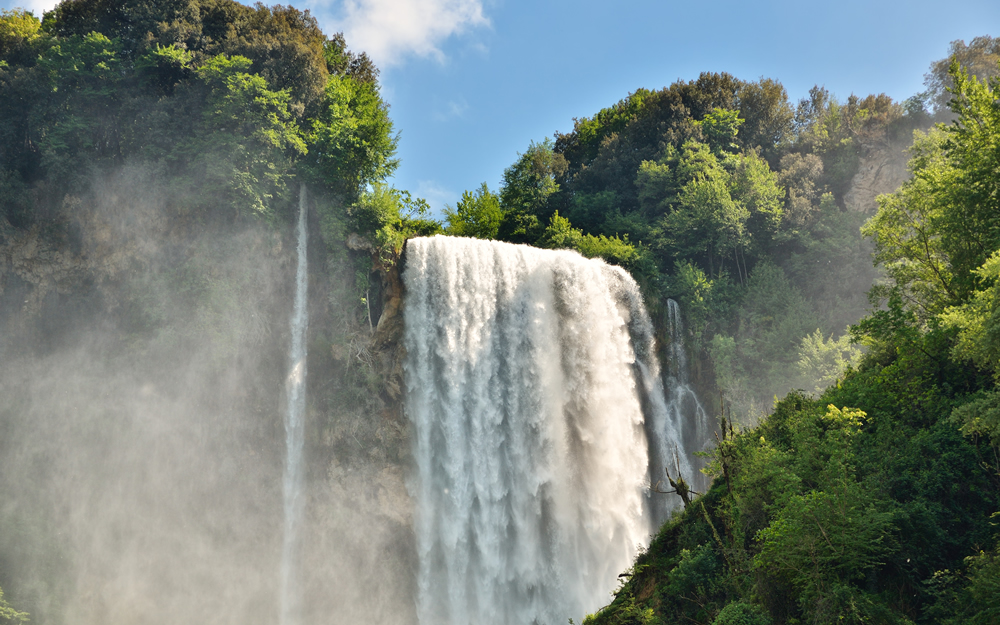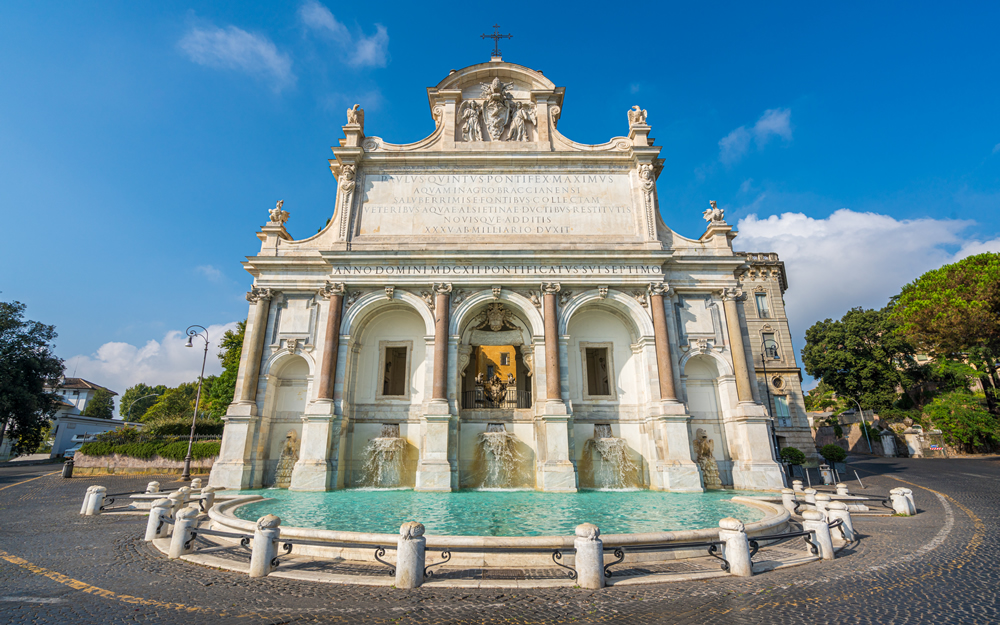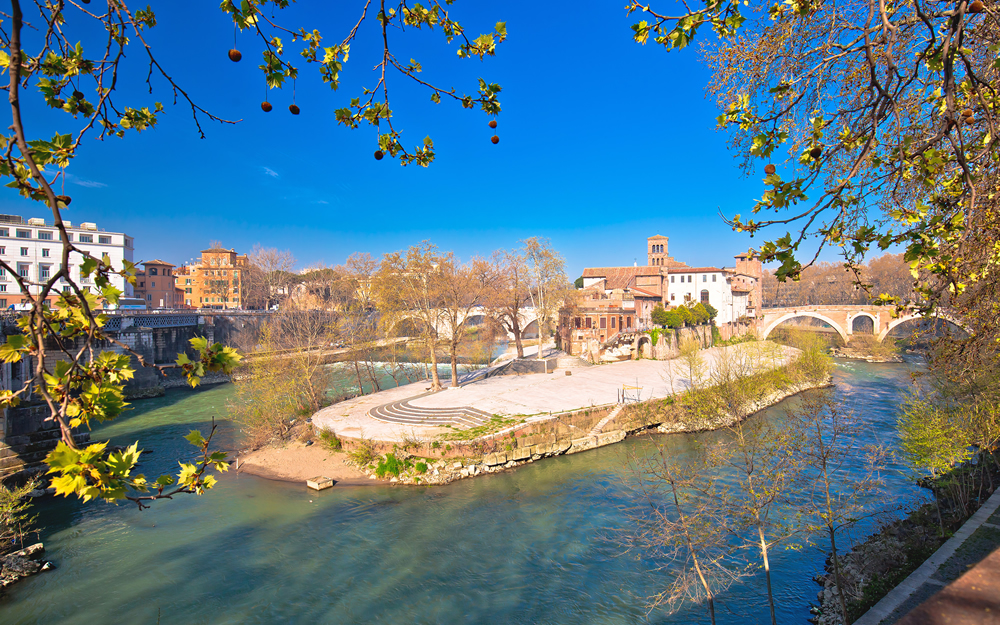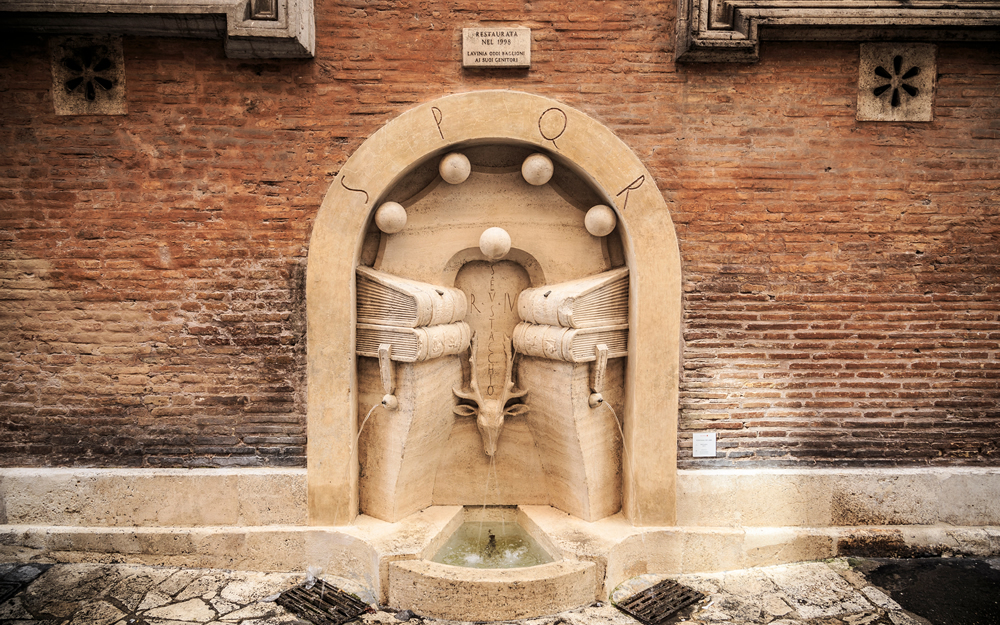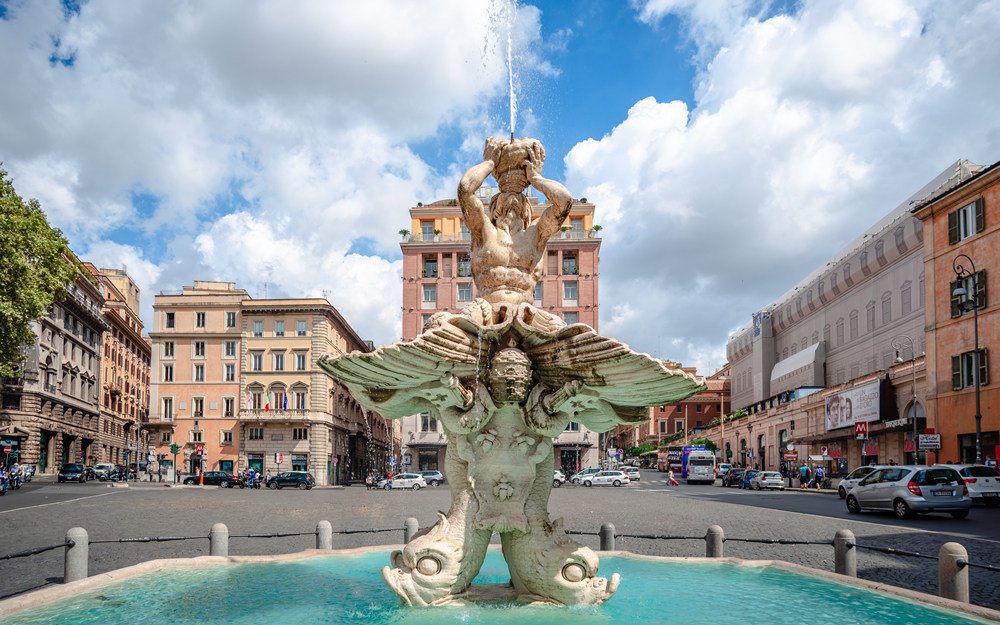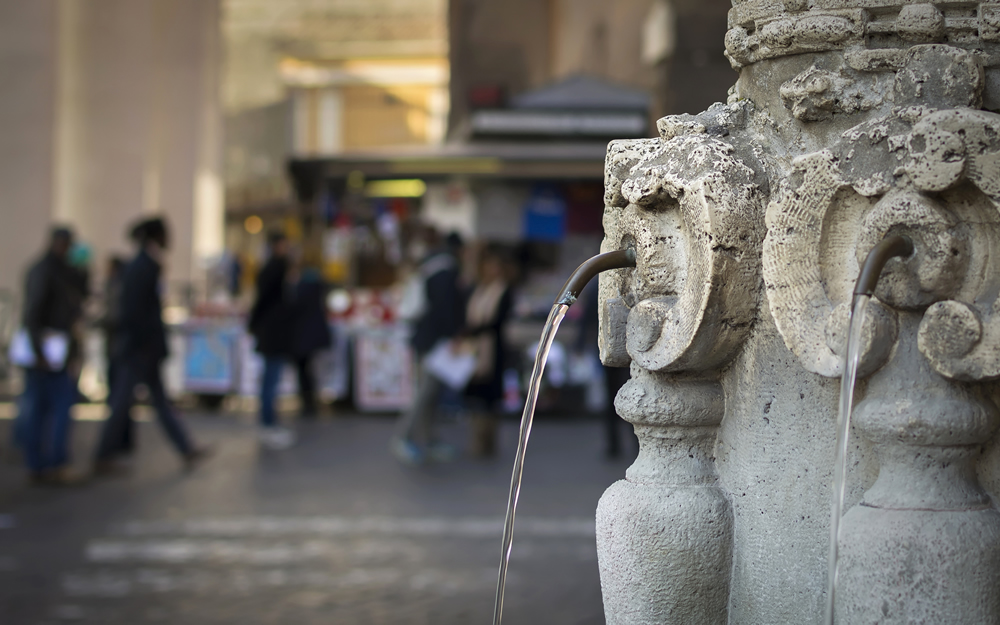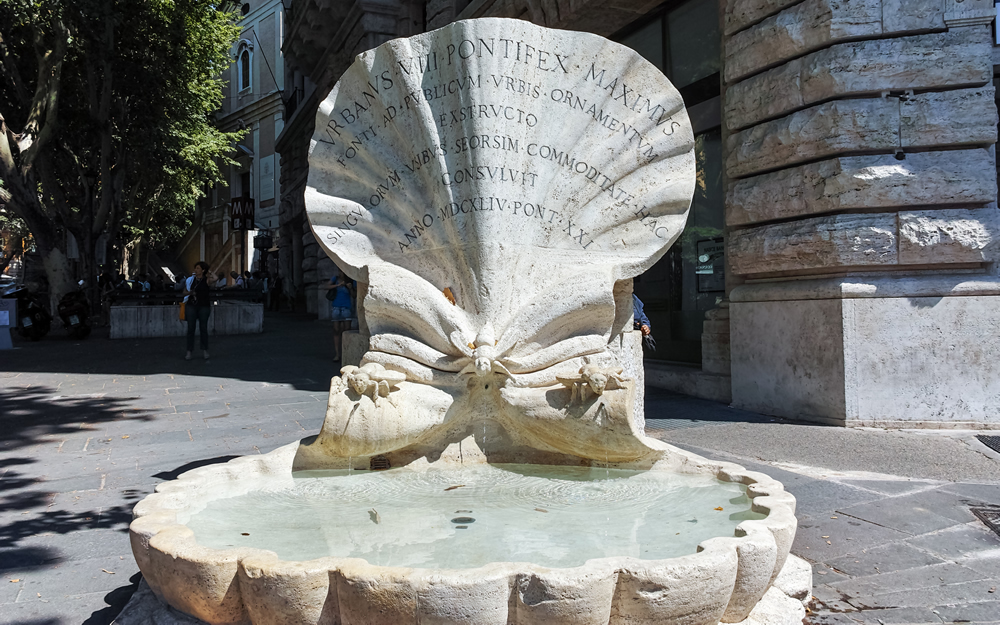- Home /
- Voice from the city /
- Fountain of Moses in Piazza San Bernardo: history and top facts
Fountain of Moses in Piazza San Bernardo: history and top facts
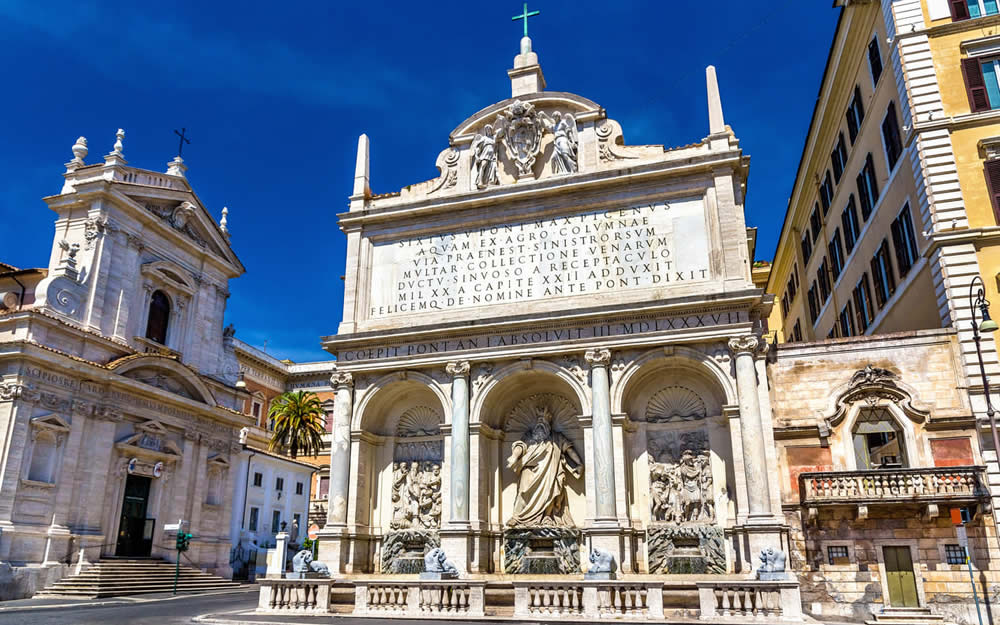
Join Acea Waidy Wow on a journey to discover Rome's most beautiful water routes: water has always been one of the symbols of this magnificent city, and this connection is also shown by the many fountains and water points which can be found all over the center.
Halfway between Piazza Barberini and Termini Station, on the side of Piazza San Bernardo, is the Fountain of Moses. This imposing structure certainly does not go unnoticed: its particular history holds centuries of hate and love, poetry and acts of vandalism by the Roman population.
Let's learn the most interesting trivia about the majestic Fountain of Moses.
Fountain of Moses or dell’Acqua Felice?
Fountain of Moses is a nickname. The original name of this monument is Fontana dell’Acqua Felice, after the first modern-age Roman aqueduct: the Felice aqueduct.
On the other hand, the name Fountain of Moses comes from the solemn statue which is placed inside the central niche of the fountain: Moses with the Tablets of the Law.
The history of the Fountain of Moses
The Fontana dell’Acqua Felice was commissioned by Pope Sixtus V and built between 1585 and 1590. With this imposing monument, the pope had the dual aim of celebrating the creation of the Roman aqueduct and enriching an area of the capital, which at the time had no fountains.
Who designed the Fountain of Moses?
The design of the Fountain of Moses was entrusted to Domenico Fontana, brother of the famous architect Giovanni Fontana, credited also with the creation of the Acqua Paola Fountain.
Domenico's artistic flair, however, did not have any luck. Pope Sixtus V wanted to see the work completed as soon as possible, which caused a series of design flaws for which the fountain has always been mocked by the Roman people, even to the point of being vandalized on many occasions.
The structure of the Fountain of Moses
The fountain features three large niches: the side ones include two reliefs, while the central one houses the famous statue of Moses, after which the monument is named. At the top of the fountain are two small obelisks and a large dedicatory inscription.
Domenico Fontana was unable, perhaps because of Pope Sixtus V's haste, to replicate that structural harmony that characterizes the most beautiful Roman fountains, such as the Trevi Fountain or the Barcaccia.
The “ridiculous” Moses
At the center of the fountain, and also at the heart of the age-old polemic, is the sculpture of Moses, created by Leonardo Sormani and Prospero Antichi.
The two artists were inspired by the model made by Michelangelo, displayed in the Basilica of San Pietro in Vincoli. Besides being criticized for its stumpy and not very sinuous proportions, the statue presents a significant historical inaccuracy.
The figure points to the water miraculously flowing from the marble while holding the Tablets of the Law. However, Moses had not yet received the Tablets when the miracle of the waters happened. For these reasons, the statue was renamed the "Ridiculous Moses" by the Romans and is now so deeply rooted in popular culture that it received poems and pasquinades such as:
“Guardo con occhio torvo
l'acqua che sgorga ai pié
pensando inorridito
al danno che a lui fe'
uno scultor stordito”
("I look with a grim eye
the water gushing at my feet
while thinking horrified
at the harm that was done to him
by a dazed sculptor.")
or
“È buona l'acqua fresca e la fontana è bella
Con quel mostro di sopra però non è più quella
O tu, Sisto, che tanto tieni alla tua parola
Il nuovo Michelangelo impicca per la gola”
("It's good fresh water and the fountain is beautiful
however, with that monster above, it is no more;
O thou, Sixtus, who hold so dear your word
the new Michelangelo hang by the throat.")
The ancient decorative lions
Four ancient porphyry and marble lions, originally part of the Pantheon and the basilica of St. John Lateran, were used to decorate the basins of the fountain. The lions were vandalized several times over the centuries; for this reason, around 1845, the original statues were replaced by copies and kept in the Vatican Museums.
Are you curious about other water monuments in Rome? Check out Acea Waidy Wow's routes: be enchanted by the most interesting stories and explore Italy's most evocative trails.



